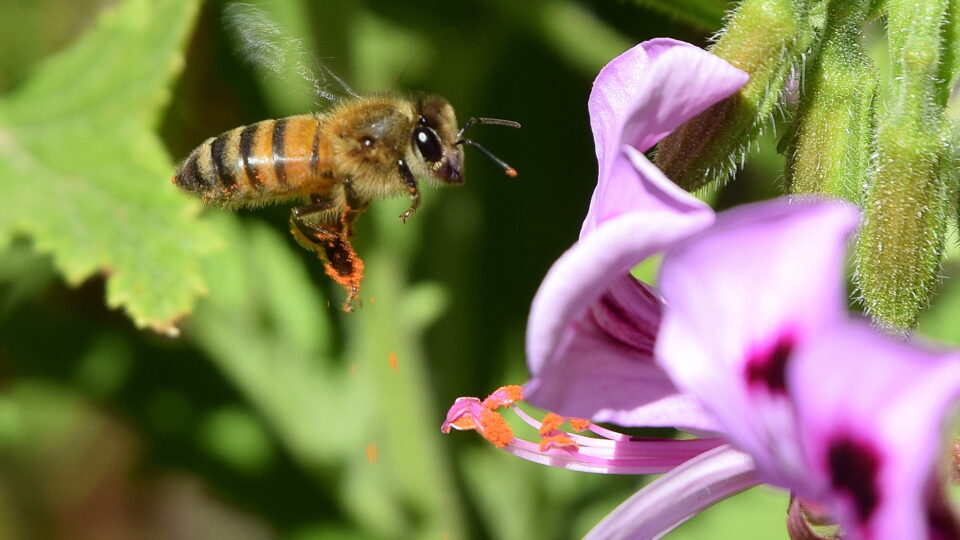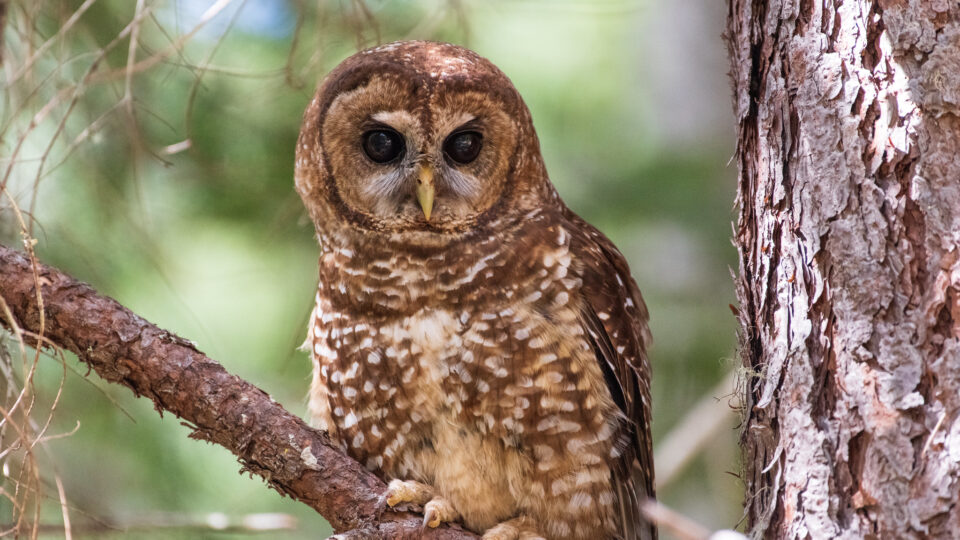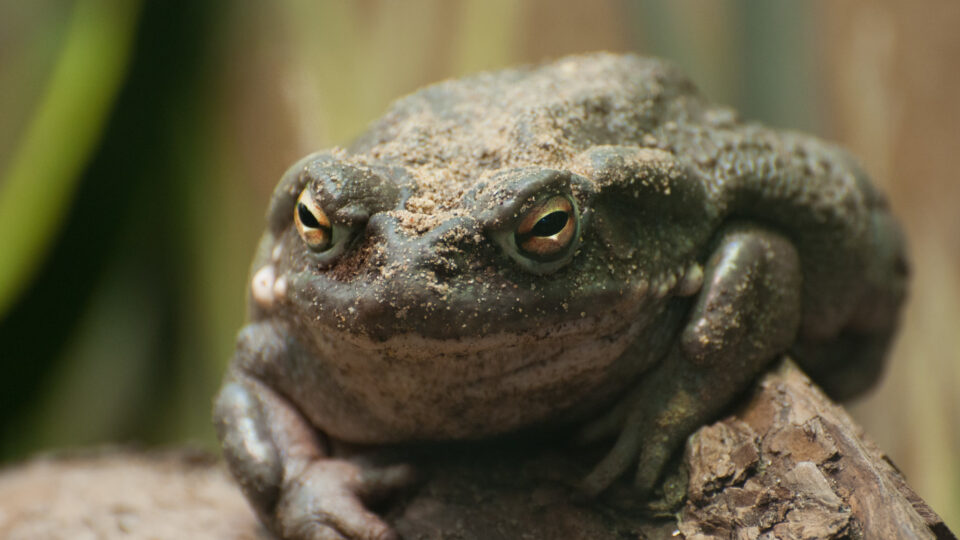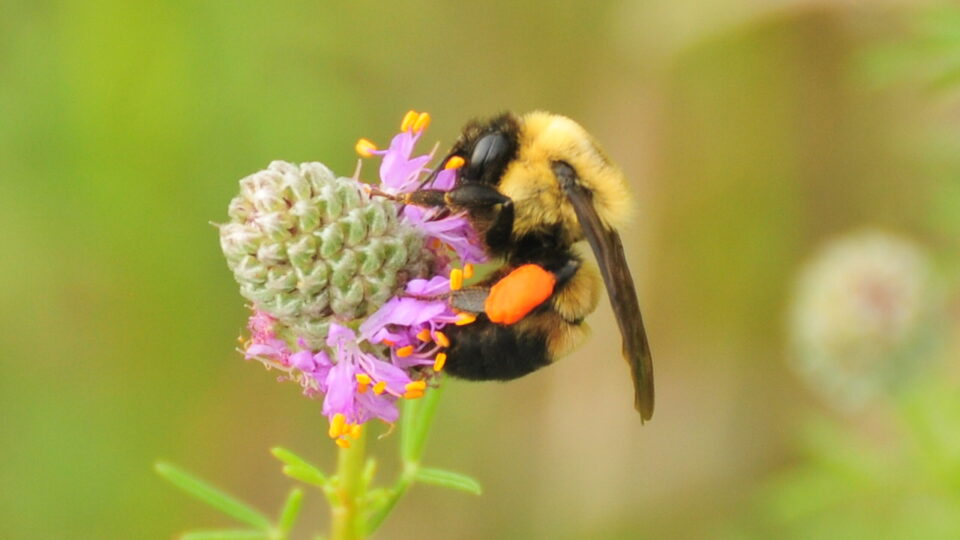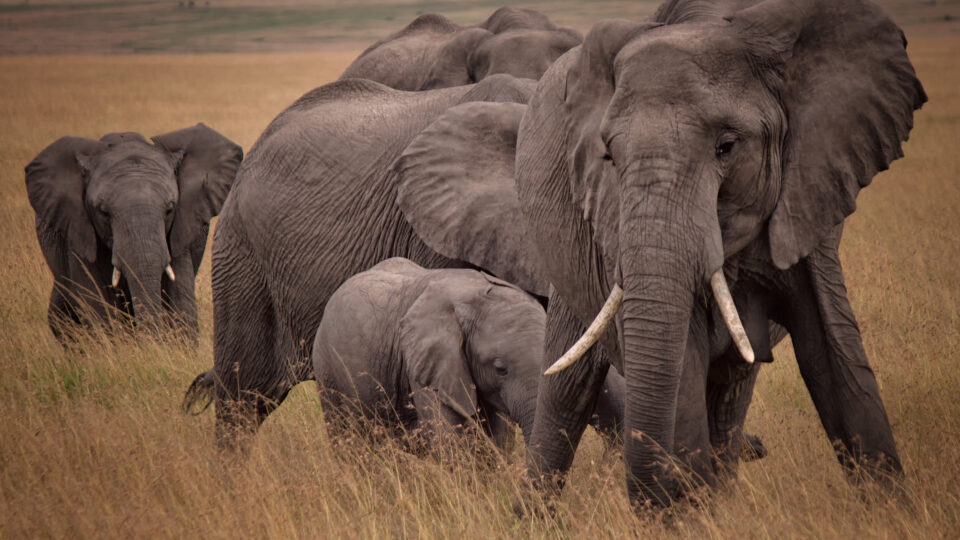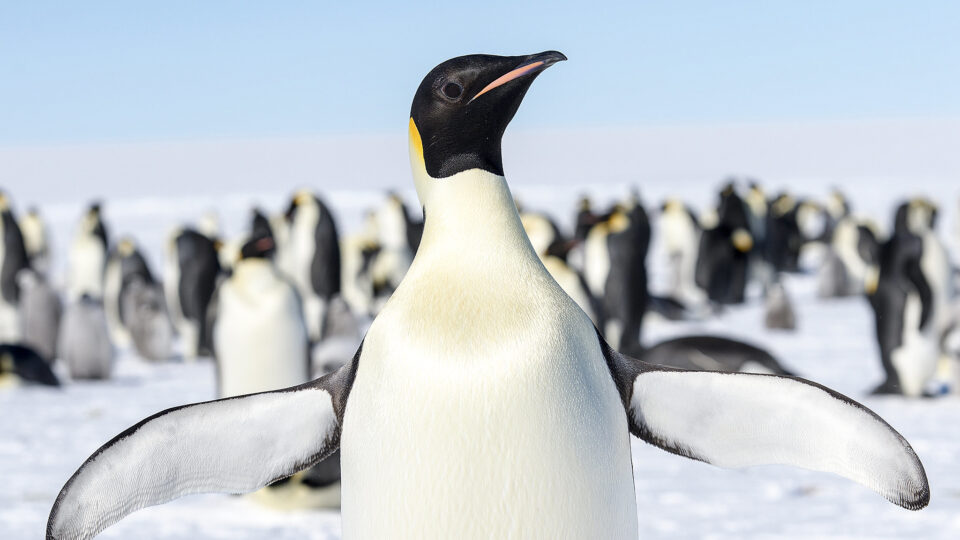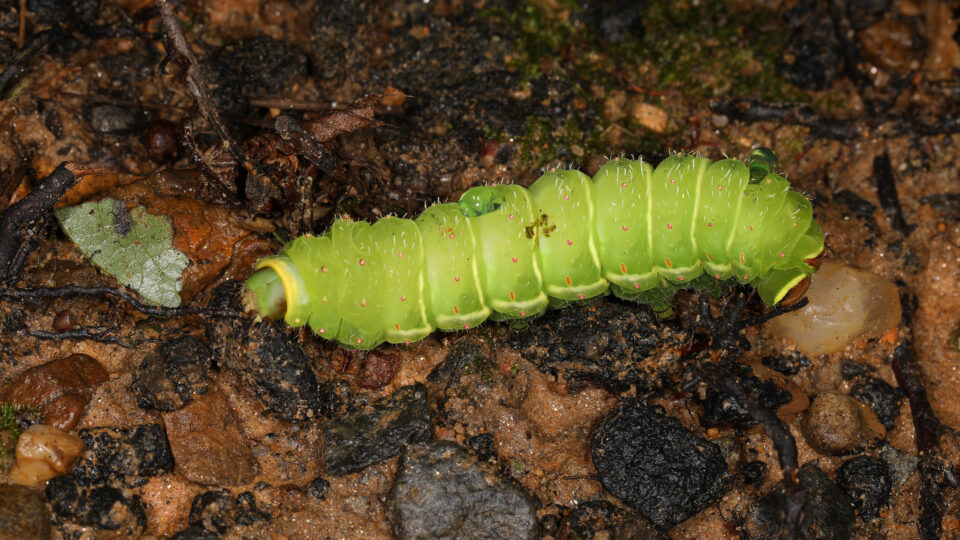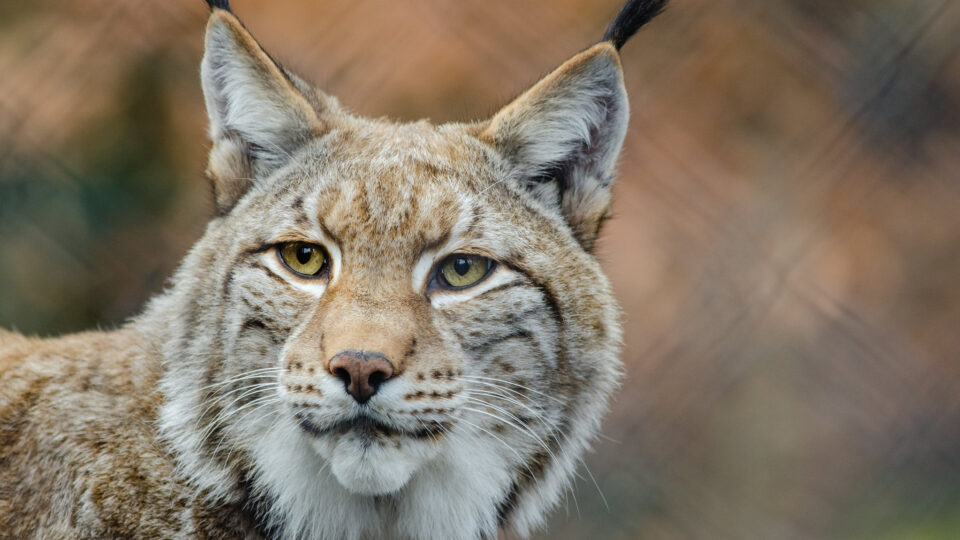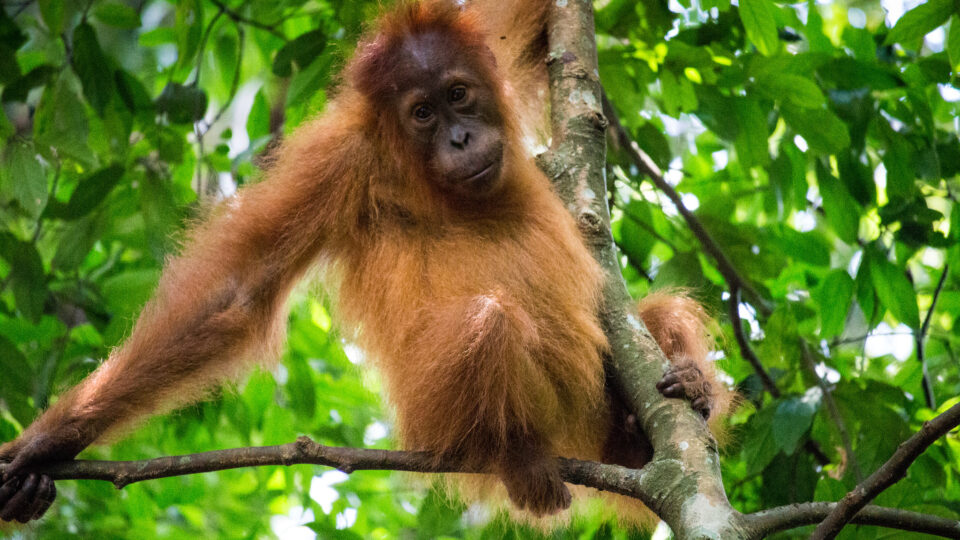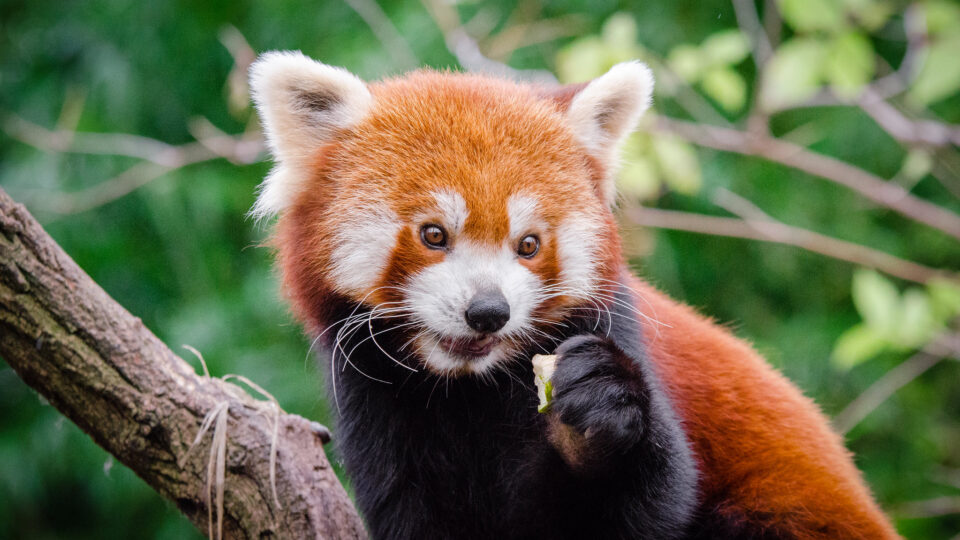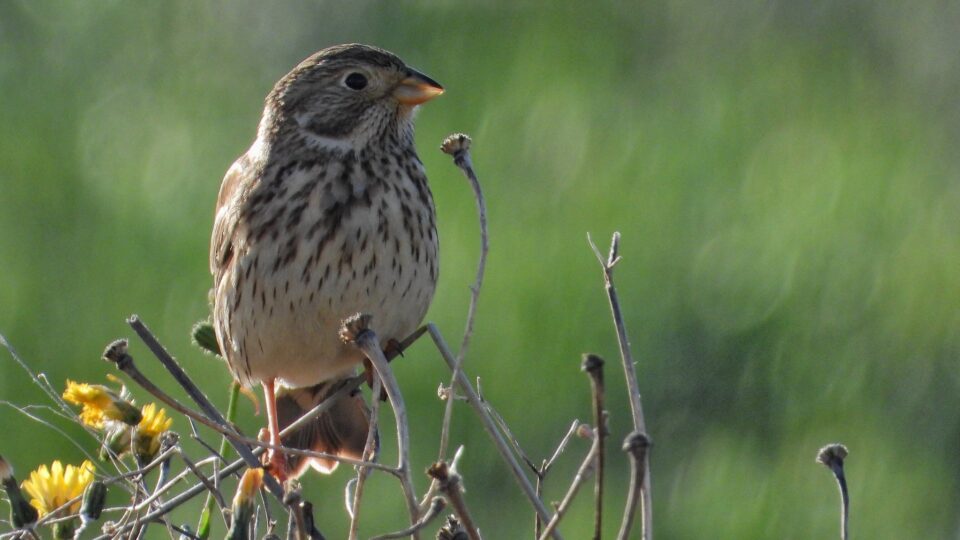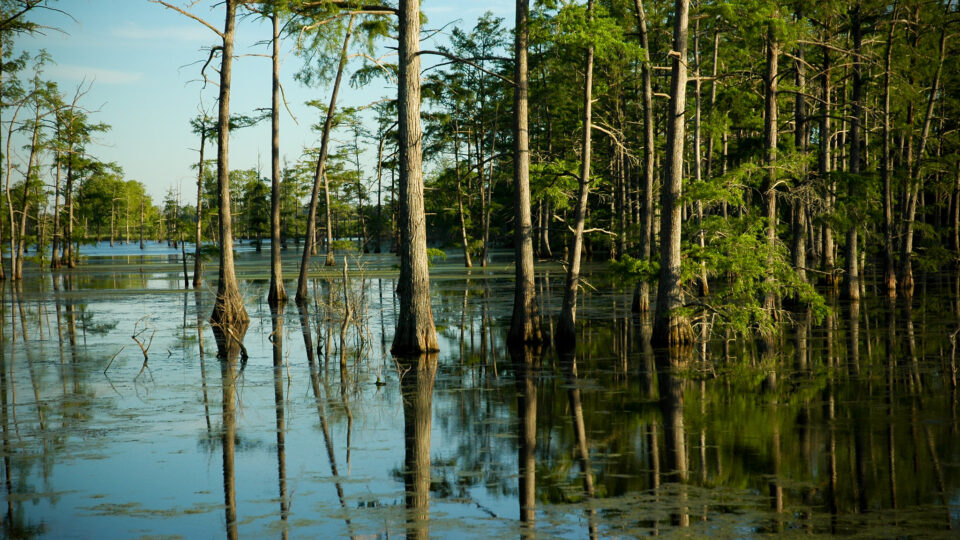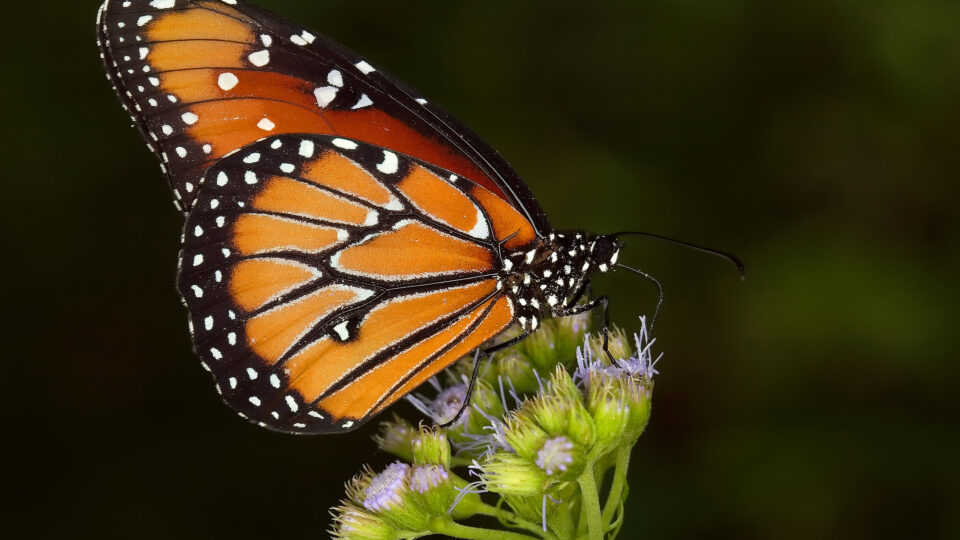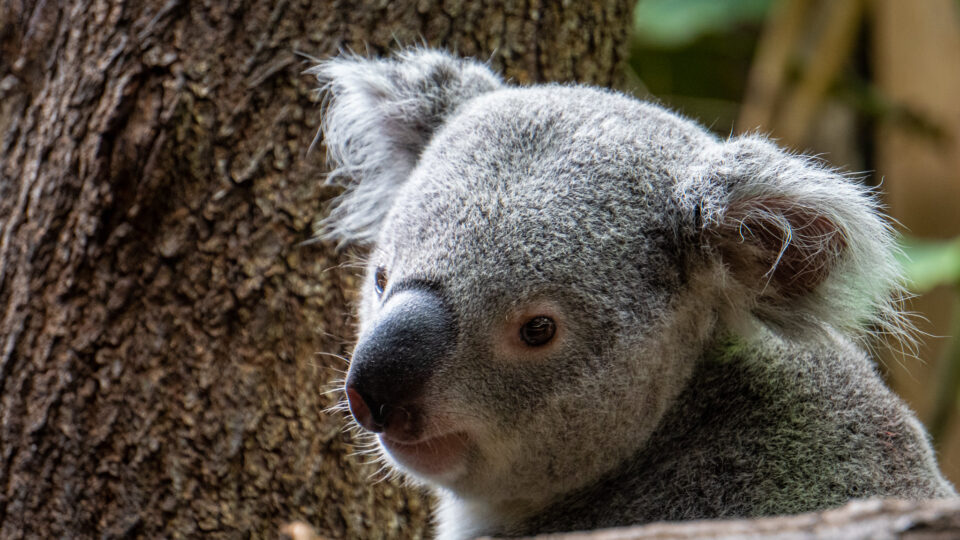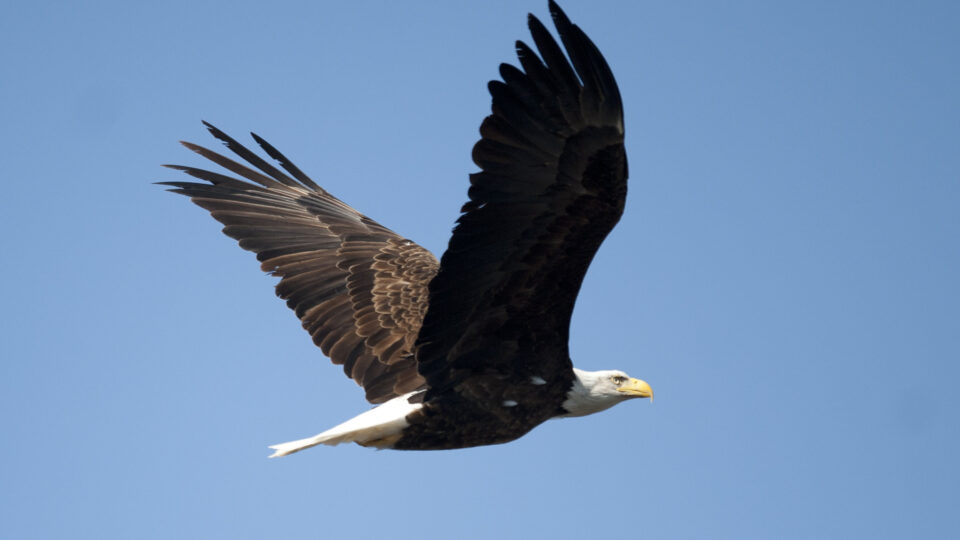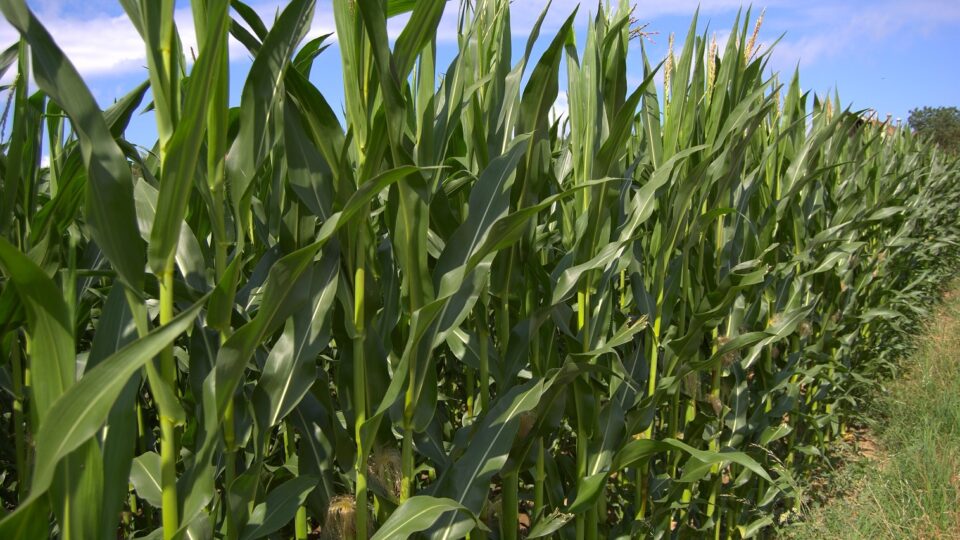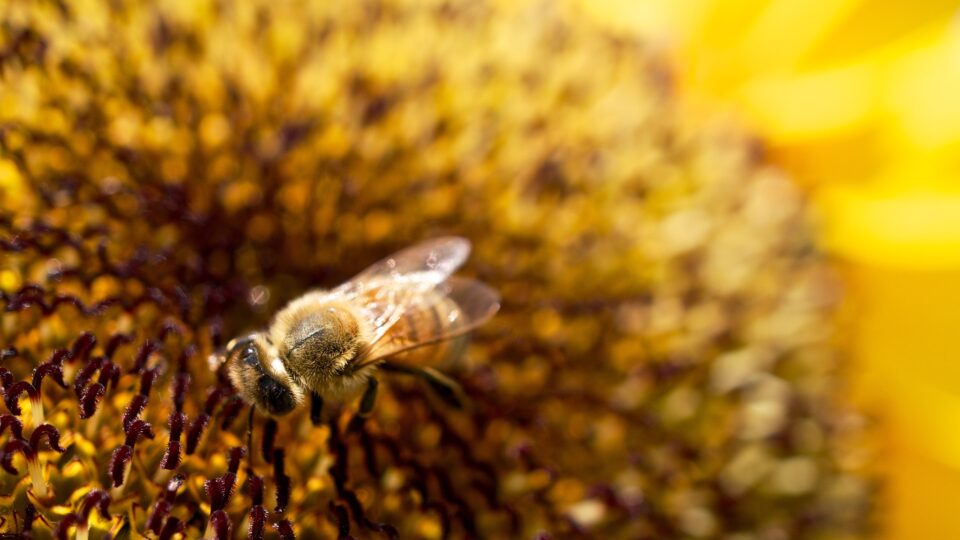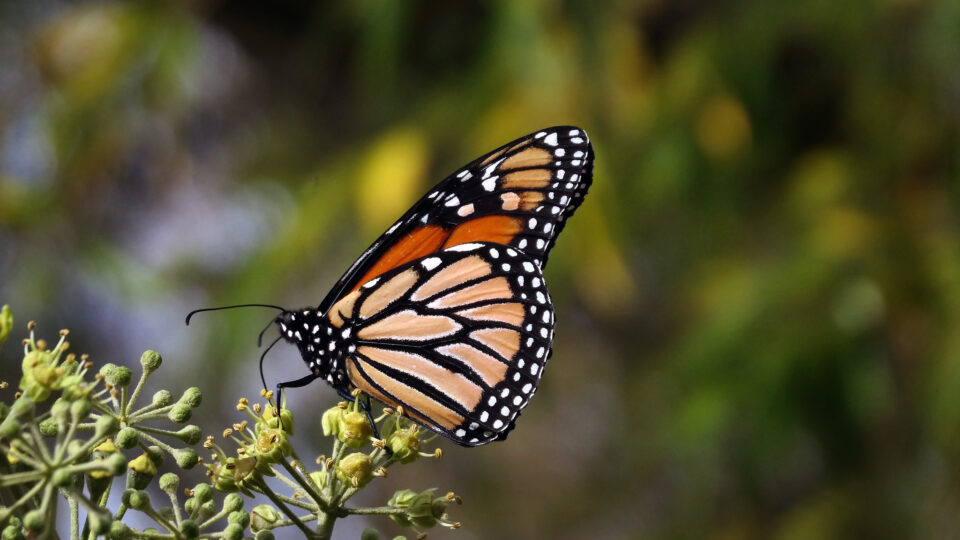Scientists have been sounding the alarm on the global struggle of pollinators for decades. Many recent studies have highlighted alarming declines in pollinator populations, sparking concern about the potential negative impacts on ecosystems and agriculture. Habitat loss, invasive species, and climate change are some of the factors linked to the population declines. But most pollinator research has focused on well-studied species in easily-accessible regions.
In a new study recently published in the journal PLOS One, a research team led by Northern Arizona University compiled data on four major families of bees and butterflies to create species distribution models, allowing them to assess changes over time and space across North America.
The researchers confirmed that bee and butterfly populations are declining in major regions of North America due to ongoing environmental changes, and found that significant gaps in pollinator research limit the ability to protect these species.
The highest species richness was found along North America’s West Coast – especially in California. But the models showed a decline in species richness over the past century in western North America. In contrast, the research team found disproportionate increases in eastern North America.
Comparisons with climate data indicate that the pollinator population changes are at least partly due to the impacts of climate change, including prolonged drought and habitat degradation.
The study identifies regions of declining populations where officials can prioritize conservation efforts, and highlights how improved monitoring methods could address the knowledge gaps on pollinator populations.
**********
Web Links
Bees and butterflies on the decline in western and southern North America
Photo, posted April 3, 2017, courtesy of Tracie Hall via Flickr.
Earth Wise is a production of WAMC Northeast Public Radio
